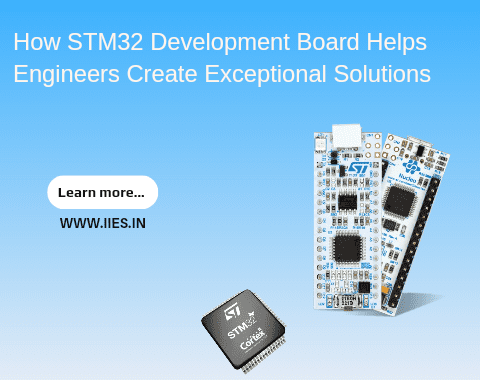
Are you an engineer looking to create exceptional solutions? Look no further than the STM32 Development Board. This powerful microcontroller platform has been a game-changer in the engineering world, offering a wide range of features and capabilities that empower engineers to push the boundaries of innovation.
In this blog post, we will delve into how the STM32 Development Board can help engineers unlock their full potential and create outstanding solutions. From its ease of use to its outstanding performance, we will explore the various ways this development board can be a valuable tool in any engineer’s arsenal. So, let’s dive in and discover how the STM32 Development Board can revolutionize the way engineers bring their ideas to life.
STM32 development boards are powerful tools designed to facilitate the development and testing of embedded systems. These boards are based on the STM32 microcontroller family, which offers a wide range of features such as advanced processing capabilities, extensive peripheral support, and low power consumption.
The key features of STM32 development boards include:
Using STM32 development boards brings several advantages to engineering projects. These include:
Development kits are packages that typically include an STM32 development board along with other essential components and peripherals needed for prototyping and testing. These kits are designed to simplify the development process and provide a complete solution for engineers.
Some common components included in development kits are:
Using development kits for prototyping and testing offers several benefits, including:
Validation and Testing: Development kits are designed to offer an environment for rigorous testing, allowing engineers to validate their solutions before deploying them in the field.
When it comes to STM32 development kits, several options are widely used by engineers worldwide. Let’s look at a few of the most popular kits:
These kits have been widely praised by engineers for their ease of use, extensive documentation, and strong community support. Engineers have successfully used these kits in various applications like robotics, IoT, industrial automation, and more.
When choosing an STM32 development board for a specific project, engineers should consider several factors to ensure the board meets their requirements. Some key considerations include:
A step-by-step guide to selecting the most suitable STM32 development board for a specific application would include:
Evaluate Long-Term Support: Consider the long-term availability and support of the chosen board to ensure its compatibility with future technical advancements and updates.
To summarize the steps for choosing an STM32 development board:
Choosing the right STM32 development board requires careful consideration of project requirements, available options, and long-term support.
In conclusion, STM32 development boards provide engineers with the necessary tools and capabilities to create exceptional solutions. From rapid prototyping to extensive software support, these boards offer numerous benefits that contribute to the success of engineering projects. By exploring the world of STM32 development boards and selecting the right one for their specific needs, engineers can unleash their creativity and drive innovation in their respective fields.
Indian Institute of Embedded Systems – IIES